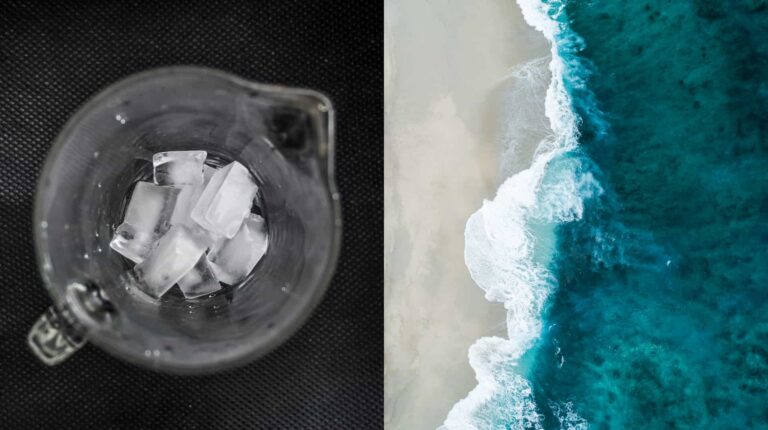
I label consumer AR experiences as being either ice cubes or oceans. Ice cubes are AR experiences meant for one user, like Snapchat, Spark, and 8th Wall. They can be recorded and shared worldwide, but the AR experience itself is fleeting and not really linked to a specific place. Oceans, on the other hand, are permanent AR experiences for individuals or groups who will be in a specific location. I am not very familiar with the military and industrial uses of AR, but I would think they too would fall into these two categories.
Perhaps the best example of an ocean is a project built with Google’s ARCore Geospatial API, a project for the Gorillaz, “the world’s most successful virtual band”. The band members performed a song called “Skinny Ape” while sitting on top of various buildings in Times Square. They performed the same song in London’s Piccadilly Square. The project ran from December 2023 until June of this year.
I found no exact figures, but I would guesstimate close to one thousand fans were at the premiere in Times Square. Those fans downloaded an app and became surrounded by the sights and sounds of the Gorillaz. New Yorkers likely would not have paid much attention, but it must have been interesting to see the crowd pointing their phones at “nothing” and nodding their heads and dancing.
Another ocean, another band: the U2 eXPERIENCE augmented reality project. In this case, the ocean was movable. For their 2018 World Tour, U2 utilized a huge stage backdrop display that became the target for the AR app in the phones of those attending. Once the app locked on to the displayed target, hologrammish (is that a word?) visuals combined with the music. According to the band’s website, there were hundreds of thousands of participants.
As a visual artist, I am deeply interested in AR oceans. We are witnessing the birth of a medium in which digital objects can interact with reality. The world can become a gallery or a theatre. To think that AR can raise human consciousness is naïve. However, the word “augment” literally means to ‘add to’ or ‘improve’, so on one level (at least), AR should somehow improve reality. On a more realistic level, AR offers practical solutions to all kinds of problems. Decades ago, Boeing realized that there were two choices in regards to training people to repair jet engines: either bring the engines to the technicians, or bring the technicians to the engines. AR models of jet engines were developed and a new era of technical training began.
In art, the transportation of sculptures and 2D artworks requires insurance, specialized packing and logistics. AR art exhibitions are very different, obviously. When done with care and attention to detail, AR showcases 2D art objects very well. Sculptures can also be presented in AR but, at this point in time, the tangible sense of mass is lost, as are the subtleties of reflected light. I have successfully used short videos and photographs in my own projects.
Placemaking and architecture also combine well with AR, a great example being the re-creation of San Francisco’s Blackhawk Jazz Lounge by Novaby. Vizvibe has a project on the civil rights movement, called Selma to Montgomery. The placement of art in public places is another topic for discussion, as this piece by Sebastian Errazuriz demonstrates.
As for my own work, I am the spatial cinema artist associated with the Open AR Cloud. I have been fortunate to have the technical support of OARC members such as Novaby, Augmented.City, XR Masters, and Immersal. I am also the co-creator of Bubiko Foodtour, a character created specifically to put a friendly face on my AR activities. In 2020, at the spatial web testing ground in Bari, Italy, Bubiko became the first public project on the spatial web, the foundation of what will become the metaverse. This was made possible with the technical support of Augmented.City and Novaby.
In conclusion: whether you are using AR to make oceans or ice cubes, I would hope that you fully explore the artistic potential of this new medium. The concepts of light, shadow, gravity, sound, perspective, and even time need to be redefined; AR is a new artistic medium unlike any other.
 As well as being a write, photographer and producer, Stephen Black is the Spatial Cinema Artist of the OARC, the Open Augmented Reality Cloud. His AR startup is slowly leaving stealth.
As well as being a write, photographer and producer, Stephen Black is the Spatial Cinema Artist of the OARC, the Open Augmented Reality Cloud. His AR startup is slowly leaving stealth.
Header image credit: Tomáš Lištiak on Unsplash & Shifaaz shamoon on Unsplash

